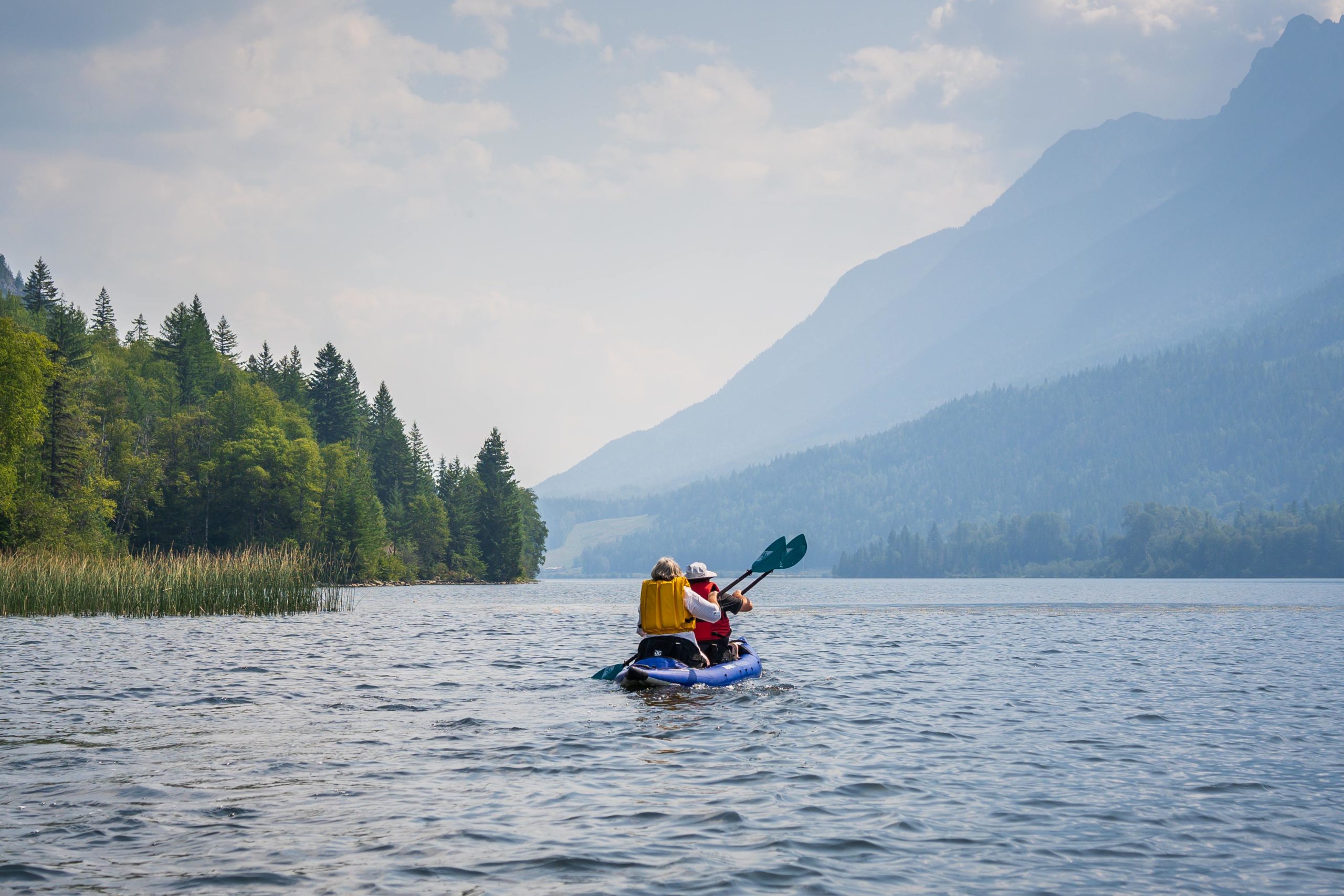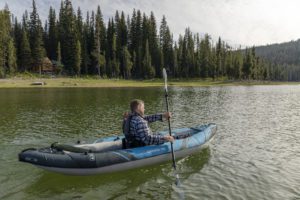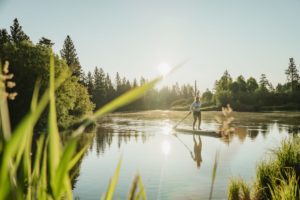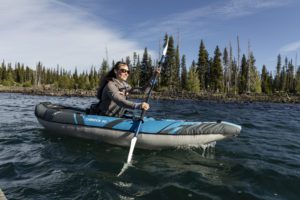
Caring for Natural Waters & Land – 4 Ways to Become More Eco-Friendly on the Water
You’re out living your best life on a warm, sunny day. The crisp water feels cool to the touch. The water ripples effortlessly as you glide forward ever-so-smoothly. And then you see it. A piece of trash, floating alongside your boat. It’s a sight for sore eyes, and certainly not good for Earth’s most precious resource: water.
When it comes to partaking in outdoor adventures, there’s always an opportunity to take small but mighty steps in becoming more eco-friendly, sustainable, and just plain old good to Mother Earth. Practice what you preach, every bit makes a difference. Here are four easy ways you can personally become more eco-friendly, on the water.
- Invest in Quality Gear, That’s Sustainably Made
We start the process of sustainable living at home, from the products we use to how we care for the land. A little research can go a long way when it’s time to invest in new products, no matter what it is you need. Nowadays, there’s almost always a “green” option in almost every product category. And that certainly holds true for the outdoor industry. When you choose to purchase a sustainably-made product, you’re actually making a bigger impact on the Earth than you think.
For example, take Aquaglide’s ultralight product line, that utilizes TPU, or Thermoplastic Polyurethane, an advanced material that is much more environmentally friendly than alternatives like PVC. In fact, it is recyclable and biodegradable in three to five years. By relying on welding our products, Aquaglide both reduces use of toxic adhesives and creates a product that is more durable. Your boat is then shipped in 100% post-consumer recycled packaging. These are just a few of the effects of purchasing a company that practices sustainability techniques, day in and day out.
- Pack It In, Pack It Out
When it comes to adventuring outdoors, you’re likely going to be bringing some sort of packaging that you may need to dispose of at some point. As the saying goes, “Pack it in, pack it out”. Anything you need to throw away, bring it back with you. Never leave trash anywhere but a trash can. Speaking of trash, let’s chat about getting rid of those single-use packaging items…
- Avoid Single-Use Packaging
Gone are the days of single-use packaging. If you find yourself continuously tossing something that can easily be replaced with something that you can use over and over again, consider buying that item. Examples of easy to replace items that are typically found as single-use when it comes to outdoor adventures, include:
- Water Bottles – This one should be a no-brainer by now, but if you have not yet invested in a durable, reusable water bottle, do yourself a favor and get one now. There are a ton of products on the market, from stainless steel to silicone. Favorites include the beloved Hydro Flask and Stanley.
- Bowls and Bags – You’re bound to pack some serious snacks if you’re going on an outdoor adventure. Get your hands on a Stasher product, reusable silicone bags that will stand the test of time.
- Towels – Most cotton towels get worn out quickly with heavy use. Grab an eco-friendly towel made by the folks at Evolve Goods. These ultra-soft towels are sustainably made from recycled plastic; they are lightweight, compact, and antimicrobial. It’s a win win.
- Toiletries – For those overnight backpacking trips, skip the sample size packets for something a little bit more earth-friendly. Bamboo toothbrushes, zero waste chew paste, and shampoo and body wash bars all make great alternatives to pack along for the ride.
- Be Mindful of Wildlife & Natural Terrain
One of the best things about kayaking is heading out to a secluded location, where it’s just you, the water, and, well, a few critters that happen to live in the area. Be extra mindful of where you paddle, walk, and move around in general when it comes to the animals that inhabit the area, and the plants that grow there. You don’t want to disrupt the ecosystem, which works so effortlessly without any human involvement. Whether you are launching, paddling, or landing, be respectful of the land you are surrounding, keep noise to a minimum, and always, always leave the area as untouched and undisturbed as possible.
Kayaking and SUPing are perhaps one of the most environmentally-friendly outdoor activities out there, when enjoyed correctly. It is one of the most eco-conscious forms of water sports you can partake in, with no carbon emissions, no gasoline, no oil, no noise pollution — the list goes on. Do your part and follow up with these four ways to become more eco-friendly on the water. Planet Earth, and generations years from now, will thank you.



